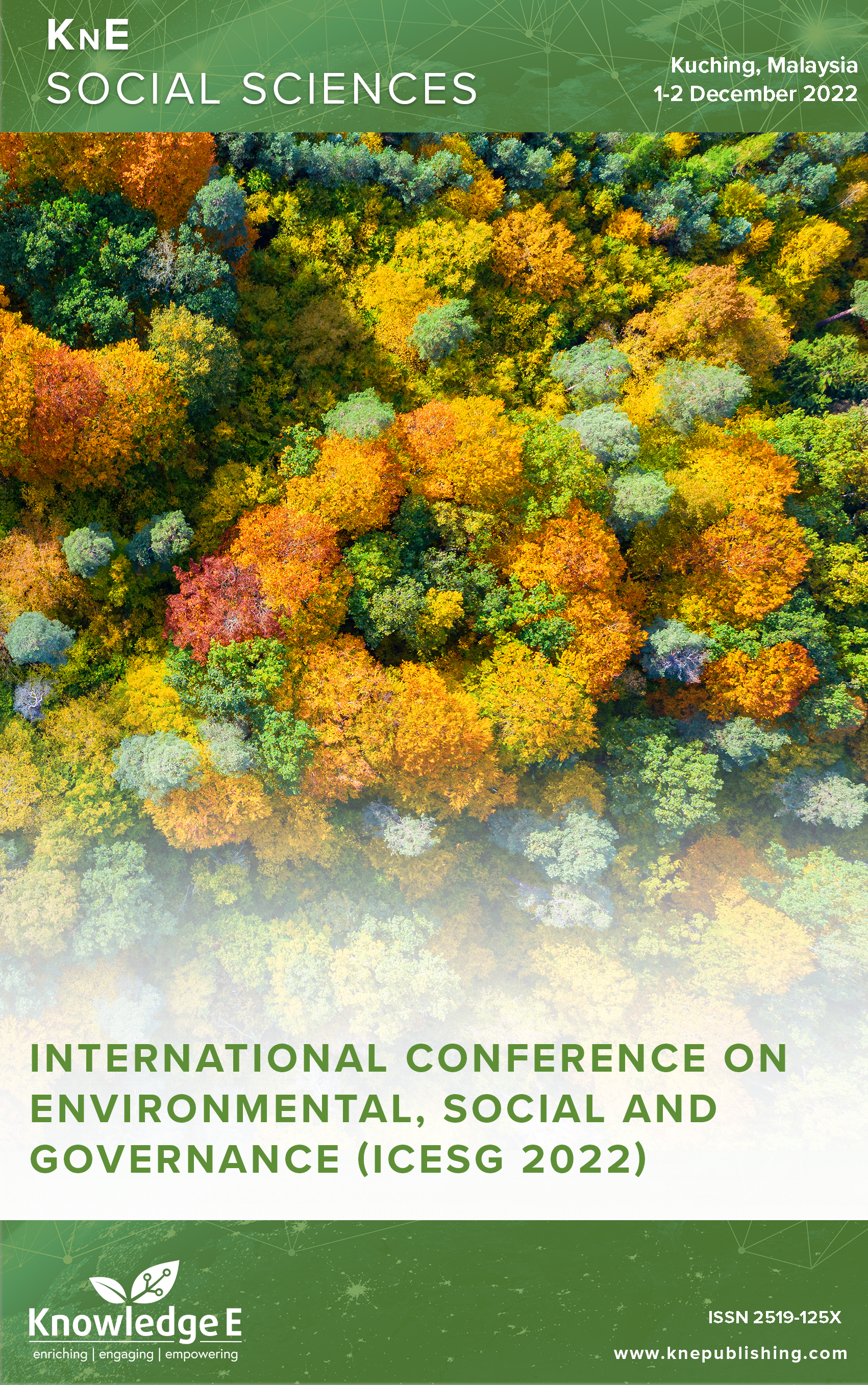Stakeholder Perceptions towards the Quality of Coursera MOOCs Blended Learning in Vietnam: A Qualitative Study
DOI:
https://doi.org/10.18502/kss.v8i20.14637Abstract
Coursera MOOCs blended learning (CMBL) has been implemented at a Vietnamese Higher Education Institute (HEI) since the Fall 2019 semester. Our case study, which shows how Coursera MOOCs and the traditional classroom may work together, is unique in the context of Vietnamese higher education. In this case, students must complete the courses and earn certifications through Coursera MOOCs to qualify for the HEI’s offline final examinations. Meanwhile, students also engage in offline mentoring sessions with their classmates and lecturers (mentors). By employing the Service Quality (SERVQUAL) and 3P models, the research was conducted to explore how key factors might influence the quality of CMBL. This research conducted semi-structured interviews and employed thematic analysis with thirty interview participants, including ten administrators, eleven lecturers, three curriculum developers, and six students across four campuses of the HEI. We found that assessment, learning outcomes, learning content, Coursera staff’s responsiveness, offline mentors’ responsiveness and assurance, interaction, and student satisfaction might have considerably significant relationships with the quality of CMBL. On the other hand, Coursera instructors and offline mentors’ reliability have insignificant relationships with the quality of CMBL. This study has both theoretical and practical implications for universities and academics. Regarding the theoretical implications, this qualitative study provides critical criteria to measure the quality of the CMBL. Regarding the practical implications, it provides implications for curriculum development, teaching and learning, and assessment to improve the quality of CMBL. However, the authors could not travel across Vietnam to conduct face-to-face interviews in 2021 due to the COVID-19 pandemic. Therefore, twenty-eight online interviews were conducted via Microsoft Teams and two email interviews. A downside of an online interview is that personal qualities that are critical to a study may be amended during the interview, forcing the researcher to rely on the participant’s words. Additionally, unlike a face-to-face interview, an email interview lacks simultaneous communication between the interviewer and the interviewee.
Keywords: Higher Education Institution (HEI), blended MOOCs, Coursera MOOCs Blended Learning (CMBL), Coursera MOOCs, offline mentoring, sustainable development
References
[2] Astleitner H. Dropout and distance education. A review of motivational and emotional strategies to reduce dropout in web-based distance education. New York: Neuwe Medien in Unterricht, Aus-Und Weiterbildung Waxmann Munster. 2000.
[3] Ayuni D, Mulyana A. Applying service quality model as a determinant of success in E-learning. The Role of Institutional Support and Outcome Value. 2019;8(1):145–59.
[4] Bogdan R, Bicen H, Holotescu C. Current Trends in Blending University Courses with MOOCS. 2017.
[5] Boyatzis RE. Transforming qualitative information: Thematic analysis and code development. Sage. 1998.
[6] Creswell JW, Plano Clark VL. Designing and conducting mixed methods research. SAGE Publications. 2011.
[7] Erdem-Aydin İ. Preferences and Willingness for Participating MOOCs in Turkish. The Turkish Online Journal of Educational Technology. 2015. https://www.semanticscholar.org/paper/Preferences-and-Willingness-for-Participating- MOOCs-ERDEM-AYDIN/d4e5c7b0a23ecffd03e8adf56cf3c1091eee4e45
[8] Fraenkel JR, Wallen NE. How to design and evaluate research in education. 4th ed. Boston: McGraw-Hill. 2000. https://trove.nla.gov.au/version/266489177 Gibbs G. Dimensions of quality. Higher Education Academy York. 2010.
[9] Hoang NT. EFL teachers’ perceptions and experiences of blended learning in a Vietnamese university. Professional_doctorate, Queensland University of Technology. 2015. https://eprints.qut.edu.au/83945/
[10] Hood N, Littlejohn A. MOOC quality. The need for new measures. 2016;3(3):28–42.
[11] Israel MJ. Effectiveness of integrating MOOCs in traditional classrooms for undergraduate students. International Review of Research in Open and Distance Learning . 2015;16(5):102–18. Available from: https://eric.ed.gov/?id=EJ1077803
[12] Kanashiro P, Iizuka ES, Sousa C, Dias SE. Sustainability in management education: A Biggs’ 3P model application. International Journal of Sustainability in Higher Education. 2020;21(4):671–84.
[13] Khan MA, Usman M. Education quality and learning outcomes in higher education institutions in Pakistan. In S. F. Tang & L. Logonnathan (Eds.), Taylor’s 7th Teaching and Learning Conference 2014 Proceedings. 2015;449-463. Springer. https://doi.org/10.1007/978-981-287-399-6_41
[14] Lim K, Park SY, Kang M. Structural relationships of environments, individuals, and learning outcomes in Korean online university settings. International Review of Research in Open and Distance Learning. 2016;17(4). https://doi.org/10.19173/irrodl.v17i4.2500
[15] Naaj MA, Nachouki M, Ankit A. Evaluating student satisfaction with blended learning in a gender-segregated environment. Journal of Information and Technology in Education. 2012;11:185–200.
[16] Parasuraman A, Zeithaml VA, Berry LL. SERVQUAL: A multiple-item scale for measuring consumer perceptions of service quality. Journal of Retailing. 1988.
[17] Patton MQ. Qualitative research & evaluation methods. Sage. 2002.
[18] Pham L, Limbu YB, Bui TK, Nguyen HT, Pham HT. Does e-learning service quality influence e-learning student satisfaction and loyalty? Evidence from Vietnam. International Journal of Education and Technology in High Education. 2019;16(1):7.
[19] Rafiola RH, Setyosari P, Radjah CL, Ramli M. The effect of learning motivation, self-efficacy, and blended learning on students’ achievement in the industrial revolution 4.0 [IJET]. International Journal of Emerging Technologies in Learning. 2020;15(08):08.
[20] Soyele E, Uzomba E, Oyebola O. Blended (e-learning) environment for sustainable development: The role of digital libraries. Library Philosophy and Practice (e-Journal). 2019. https://digitalcommons.unl.edu/libphilprac/2715
[21] Stodnick M, Rogers P. Using SERVQUAL to measure the quality of the classroom experience. Decision Sciences Journal of Innovative Education. 2008;6(1):115–33.
[22] Tang SM, Tien HN. Digital transformation trend in Vietnam higher education: Blended learning model. International Journal of Social Science and Economics Invention. 2020;6(07):07.
[23] Udo GJ, Bagchi KK, Kirs PJ. Using SERVQUAL to assess the quality of e-learning experience. Computers in Human Behavior. 2011;27(3):1272–83.
[24] Uppal MA, Ali S, Gulliver SR. Factors determining e-learning service quality. British Journal of Education and Technology. 2018;49(3):412–26.
[25] Yeung MW, Yau AH. A thematic analysis of higher education students’ perceptions of online learning in Hong Kong under COVID-19: Challenges, strategies and support. Education and Information Technologies. 2022;27(1):181–208.

